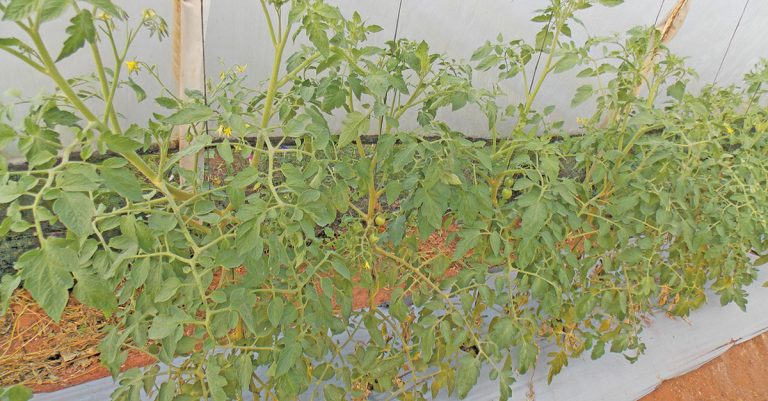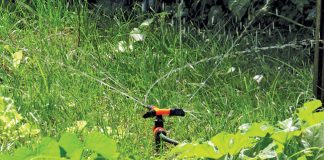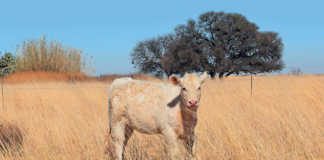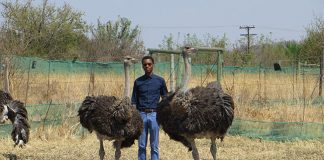
Photo: Bill Kerr
I once used a biological product to control Tuta absoluta (tomato leaf miner) in my own tomato crop. Unfortunately, the manufacturer ceased production of the product. But because I was using my crop solely for breeding purposes, I decided to stop spraying for the pest.
Last year, the plants suffered a fair amount of damage; this year, there was much less. I planted my first tunnel as soon as the frost was past and the final tunnel started maturing in March. There is very little damage to these tomatoes, despite the fact that I have never sprayed them or used traps.
I planted a quarter of the tunnel to a cherry tomato variety much later than the rest of the crop. This is just starting to set fruit, whereas the rest have been ripe for some time; yet there is no sign of the pest or larvae on this batch.
Taking a closer look at the plants, I recently found a number of Macrolophus spp in various stages of development, as well as the occasional Nesidiocoris tenuis. Both are mirid bugs that prey on T. absoluta and other pests. Macrolophus is now gaining control of T. absoluta in my tunnel.
Slight plant damage
More than 20 European countries are now using Macrolophus for pest control, and these are sold to tomato farmers.
When their prey is not available in sufficient numbers, Macrolophus spp can survive by feeding on the tomato plants themselves, and there are records of flower drop and other damage when their populations are very high. Nonetheless, they prefer insect eggs and first-instar larvae.
Generally, the small amount of potential damage is worth the protection provided by the bugs. They also feed on whitefly, aphids and thrips.
We still have much to learn about the local Macrolophus bugs. They may, for example, be better adapted to our conditions than those imported from the Netherlands. Whatever the case, they are apparently easy to rear.
Another group of beneficial insects is Trichogramma spp parasitoids. These are minute wasps that parasitise the eggs of the tomato leaf miner and other pests. There are many in the genus, with some being more specific in what they control and others having a wider range of prey.
In time, more natural enemies will make their presence felt. It is reported that some of the imported natural predators are not well adapted to high temperatures. As the inside of my tunnels can get particularly hot, this might indicate that our local bugs are better adapted.
Another approach is to set pheromone traps, which are available from suppliers of local biological products. These are an effective tool for lowering tomato leaf miner populations.
A combined approach
Control of this pest is not a matter of a one-size-fits-all approach and there is still a steep learning curve ahead. What is certain is that, eventually, we shall have to go over to integrated pest management with a combination of beneficial insects and insecticides that do not harm the natural enemies of T. absoluta.
This approach also means that tomato farmers have to carry out far more scouting and study to truly get the better of this highly destructive pest.
Bill Kerr is a vegetable specialist and breeder of a range of vegetables.












